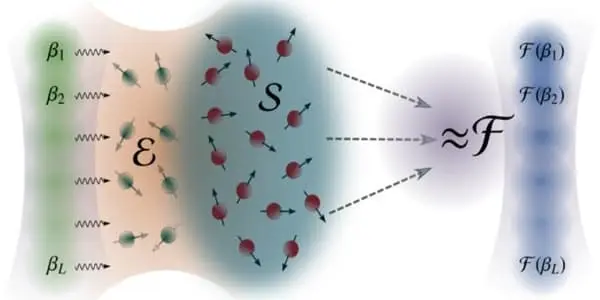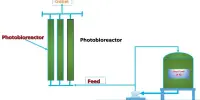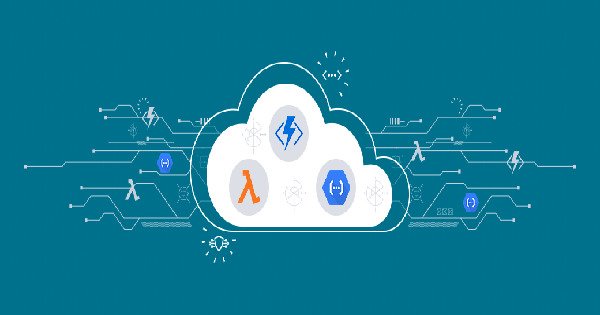The incorporation of quantum algorithms into machine learning programs is known as quantum machine learning. The term is most commonly used to refer to machine learning algorithms for analyzing classical data that are run on a quantum computer, i.e. quantum-enhanced machine learning. While machine learning algorithms are used to process massive amounts of data, quantum machine learning uses qubits and quantum operations or specialized quantum systems to improve the computational speed and data storage performed by algorithms in a program.
Quantum machine learning is a field of study that investigates the interaction of ideas from quantum computing and machine learning. For example, we might want to see if quantum computers can reduce the amount of time it takes to train or evaluate a machine learning model. On the other hand, we can use machine learning techniques to discover quantum error-correcting codes, estimate the properties of quantum systems, and create new quantum algorithms.
Technologies that exploit novel quantum mechanical behaviors are likely to become commonplace in the near future. Devices that use quantum information as input and output data, for example, may necessitate careful verification due to inherent uncertainties. When the output of a device is time-dependent and depends on previous inputs, verification becomes more difficult. For the first time, researchers using machine learning increased the efficiency of verification for time-dependent quantum devices by incorporating a memory effect found in these systems.
Quantum process tomography is a technique for describing a quantum system based on its inputs and outputs. Many researchers, however, now report that their quantum systems exhibit some kind of memory effect in which current states are affected by previous ones. This means that a simple examination of input and output states cannot adequately describe the system’s time-dependent nature.
Quoc Hoan Tran
Although quantum computers have made headlines in the scientific press, most experts believe that these machines are still in their infancy. A quantum internet, on the other hand, may be closer to reality. Among other things, this would provide significant security advantages over our current internet. Even this, however, will rely on technologies that have yet to see the light of day outside of the lab. While many fundamentals of the devices that can power our quantum internet have been worked out, there are numerous engineering challenges that must be overcome before these can be sold as products. However, much research is being conducted to develop tools for the design of quantum devices.

Postdoctoral researcher Quoc Hoan Tran and Associate Professor Kohei Nakajima of the University of Tokyo’s Graduate School of Information Science and Technology have pioneered just such a tool, which they believe could make verifying the behavior of quantum devices more efficient and precise than it is now. Their contribution is an algorithm that can reconstruct the workings of a time-dependent quantum device by simply learning the relationship between the quantum inputs and outputs. This approach is common when investigating a classical physical system, but quantum information is notoriously difficult to store, making it nearly impossible.
“Quantum process tomography is a technique for describing a quantum system based on its inputs and outputs,” Tran explained. “Many researchers, however, now report that their quantum systems exhibit some kind of memory effect in which current states are affected by previous ones. This means that a simple examination of input and output states cannot adequately describe the system’s time-dependent nature. You could model the system every time it changed, but this would be extremely computationally inefficient. Rather than using brute force to overcome the memory effect, our goal was to embrace it and use it to our advantage.”
To create their novel algorithm, Tran and Nakajima used machine learning and a technique known as quantum reservoir computing. This algorithm learns patterns of inputs and outputs that change over time in a quantum system and effectively predicts how these patterns will change in situations that the algorithm has not yet seen. Because it does not need to understand the inner workings of a quantum system, as a more empirical method might, but only the inputs and outputs, the team’s algorithm can be simpler and produce faster results.
“At the moment, our algorithm can simulate a specific type of quantum system, but hypothetical devices may differ greatly in processing ability and memory effects. So the next stage of research will be to broaden our algorithms’ capabilities, essentially making something more general-purpose and thus more useful “Tran stated. “I’m intrigued by what quantum machine learning methods could accomplish, as well as the hypothetical devices they could lead to.”
















